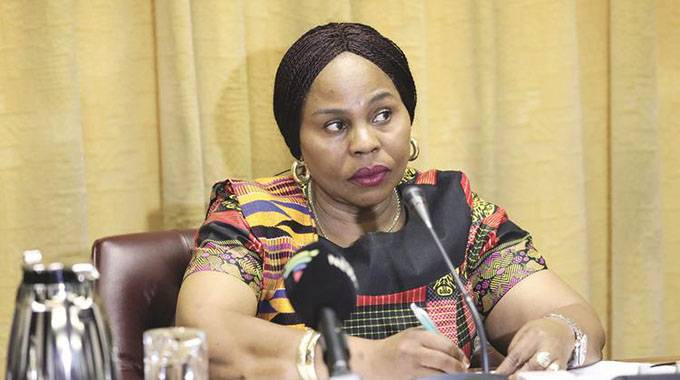Zim consumers stuck with expensive maize, as regional prices fall
Zimbabwean consumers are unlikely to enjoy the benefit of lower prices that comes with the anticipated bumper harvest in both Zimbabwe and the region, as authorities had already pegged higher crop producer prices prior to the commencement of the 2020/21 agricultural season.
Market forces dictate that increased supplies should result in lower prices while limited supplies normally lead to higher prices.
Zimbabwe is expecting a bumper harvest for the 2020/21 agricultural season with its maize harvest expected to reach 2.7 million tonnes, a 199 percent growth from the 2019/20 season.
The total cereal production projection is 3 million tonnes, against a national cereal requirement of 1.8 million tonnes for human consumption and 450 000 tonnes for livestock.
Regional countries are also expecting increased harvest with South Africa maize farmers expecting to harvest 15.9 million tonnes.
The 15.9-million tonnes forecast will cater for the 11.4 million of local consumption, leaving a significant amount for export. South Africa’s 2020/21 maize exports as at 23 April 2021 stood at 2,44 million tonnes.
Estimates from the United States Department of Agriculture show that Zambia’s maize production could reach 3,4 million tonnes (up 69 percent year-on-year). In comparison, Malawi’s maize harvest is estimated at 3,8 million tonnes (up 25 percent year-on-year), Mozambique’s maize crop is estimated at 2,1 million tonnes (up 8 percent year-on-year).
This glut of supplies will likely add downward pressure on maize prices, as already happening now in the region, which bodes well for consumers.
Between January and March 2020, Zimbabwe had been importing maize from South Africa at an import parity price upward of US$320 per tonne.
But in the last couple of weeks, prices have come down to approximately US$270 per tonne as supplies improve.
According Reneth Mano, Economics & Policy Executive Officer at Livestock and Meat Advisory Council, maize prices are set to fall further in May as Zambia, Malawi, South Africa and Zimbabwe all start buying their bumper maize crop from farmers.
“Given Zim’s import parity wholesale maize price during drought years was US$240 to us$320, domestic wholesale price in bumper harvest year should be at no more than US$240 import parity wholesale price,” Mano said.
Lower producer prices would also mean lower prices for the consumer.
But local consumers are likely going to continue paying higher retail prices for mealie meal as producer prices were already pegged pre-planting.
The maize producer price was pegged at $32,000 (US$377) at the current official exchange rate.
Traditional grains were pegged at $38 000 per tonne while soya beans pre-planting price was pegged at $48 000 per tonne.
The maize producer price of $32,000 is higher than the current import parity price and would be much higher if prices continue to fall in the region.
The SADC import parity price is presently at US$260 and is set fall to US$234 in May-July 21 before rising to US$250-US$260 later in the year,” according to Mano.
Zimbabwe millers will however not be able to import from the region and enjoy the lower prices amid government plans to restrict imports of grain which would be now readily available in the country.
Government is also not planning to subsidise the maize price for millers, as this was not budgeted for in the 2021 National Budget announced in November last year.
“The 2021 National Budget did not provide for any maize subsidy so there is not going to be one. As we have said before our subsidies will be budgeted and targeted and we did not budget for a maize subsidy,” Secretary for Finance and Economic Development George Guvamatanga told Business Weekly.
He said millers will not be getting any subsidised prices from GMB adding that vulnerable members of society will continue to get direct cash transfers as a way of cushioning them.
RBZ Governor Dr John Mangudya also told Business Weekly the central bank will keep a close eye on import requirements and would discourage imports of grain now readily available in the country.
A grain importer who requested not to be named said the RBZ might have already started restricting allotting funds to maize exporters.
“We noticed from the last auction on Tuesday that no maize exporter was successful in bidding for foreign currency. So they might have started restricting such imports.
Millers are however unlikely to absorb the high costs and will pass on the burden to the ultimate consumer.
However, economist and Monetary Policy Member Percy Gwanyanya said whilst plans to restrict imports was noble, it was too early to ban or restrict imports.
“It’s too early for that for several reasons. The first one is that our local maize will take time to dry was we have no driers, so local supplies are unlikely to improve soon. We need an organised transition into the new season and we should allow time to capitalise on the low prices currently prevailing in the region,” Gwanyanya said.-ebusinessweekly.c.zw









